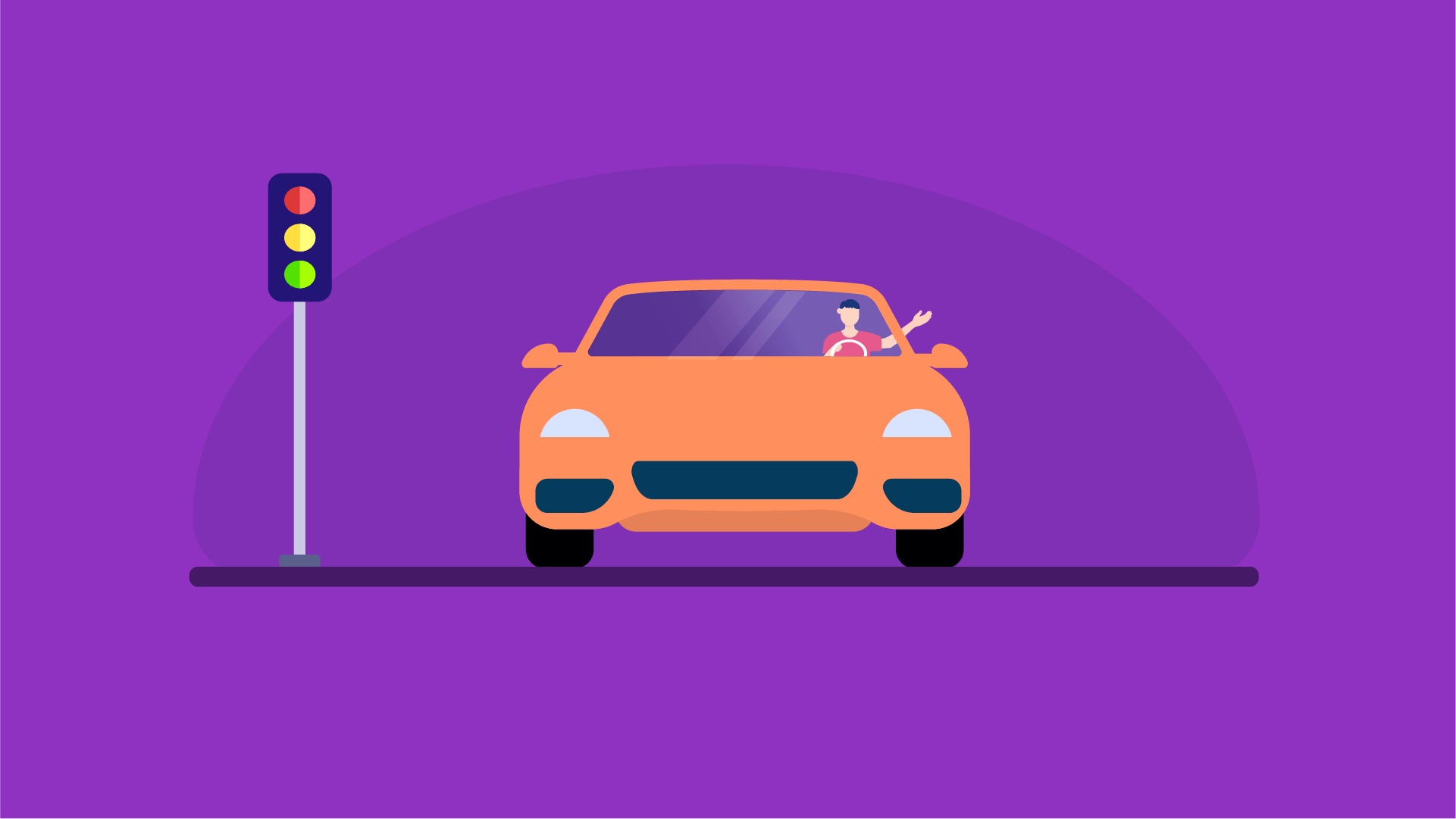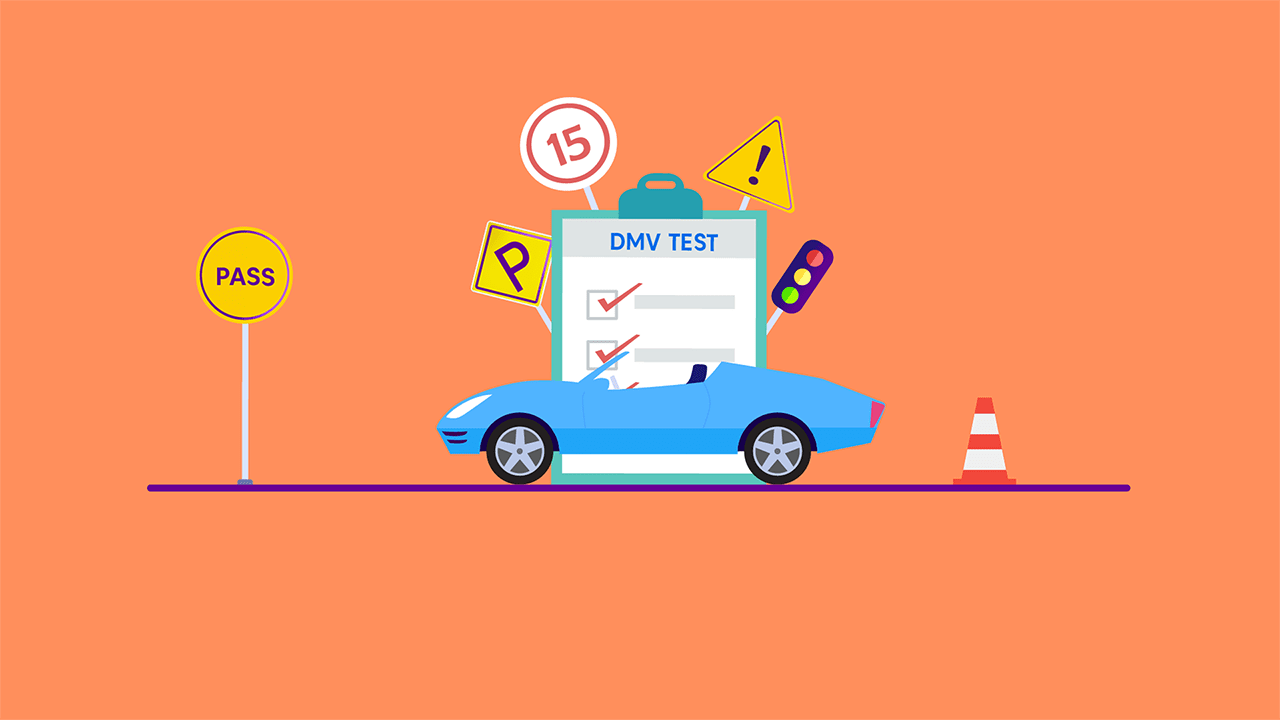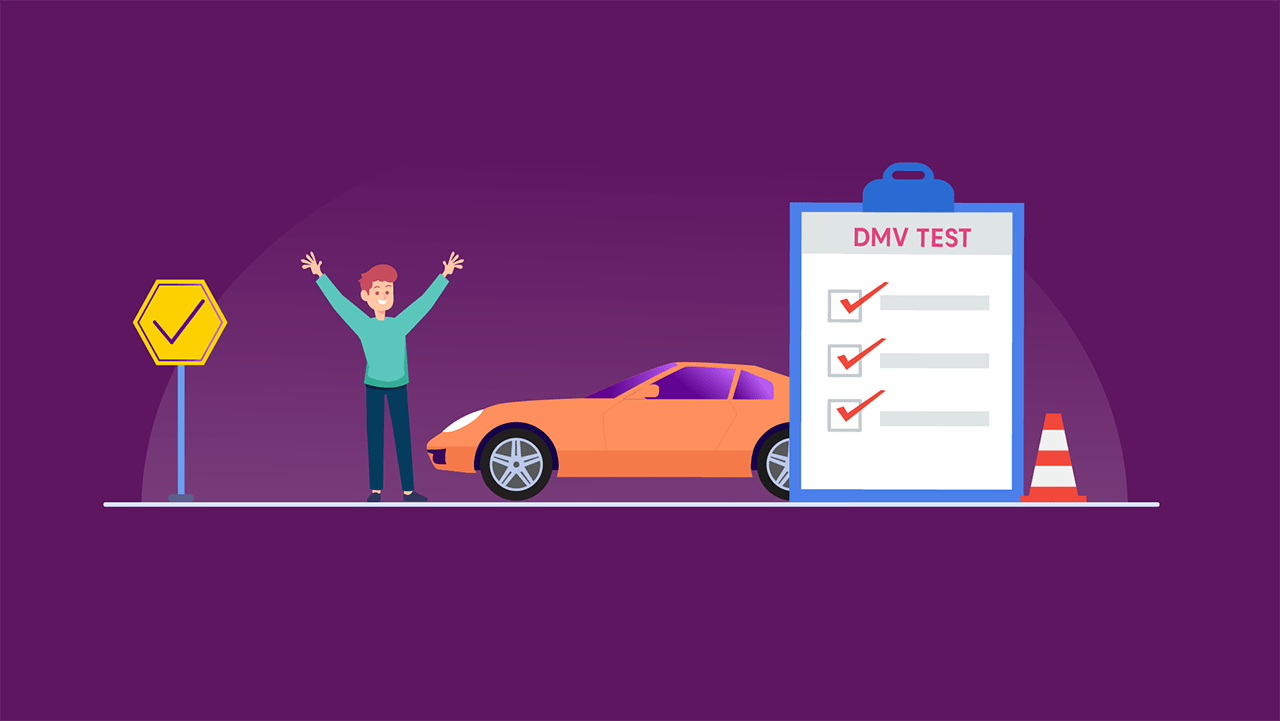The Left Right & Stop Hand Signals for Driving Explained
By Ujala Nadeem on Mar 07, 2024
Contents
- Understanding the Left Turn Hand Signal
- Understanding the Right Turn Hand Signal
- Understanding the Slow Down or Stop Hand Signal
- When to Use Hand Signals
- Tips for Using Hand Signals Correctly
Grasping the basics of hand signals for driving is a vital skill for various reasons. These gestures signal your intentions to fellow motorists. They ensure safety and understanding on the road, particularly if your car's indicators or stop lights malfunction. Beyond their practicality, hand signals are often legally mandated, underscoring their importance in daily driving scenarios.
Here, we’ll walk you through the three fundamental hand signals universally recognized and required by traffic laws worldwide.
Understanding the Left Turn Hand Signal
When you need to indicate a left turn, communicate clearly with those sharing the road. Start by stretching your left arm out the driver's side window, ensuring it's level with the ground. Whether you extend your fingers or present an open palm, the gesture should be unmistakable to others. This hand signal is a universally accepted sign that must be given ample time before you make your turn. This advance notice is courteous and provides a safety net, giving other drivers and cyclists sufficient time to react by adjusting their speed or changing their lane position.
Understanding the Right Turn Hand Signal
When it's time to signal a right turn, hand gestures come into play. Begin by extending your left arm out the window, then elevate it to form a right angle, creating a clear and visible signal for those around you. Your palm should face forward as a beacon to alert fellow drivers to your upcoming move. This hand signal is a critical safety measure, especially when your car's electronic signals are taking a break.
Understanding the Slow Down or Stop Hand Signal
If your car's brake lights aren't signaling for you, it's your left arm's time to shine. To communicate a stop or slow down to fellow drivers, extend your left arm out of the window and angle it downwards, creating a visible cue with your palm facing the vehicles behind you. This hand signal is a critical tool in your driving repertoire, especially during emergencies or unexpected traffic stops.
When to Use Hand Signals
Hand signals are an indispensable part of driving. Whether it's due to a technical failure or the absence of modern equipment, these gestures are crucial in preventing mishaps and misunderstandings.
-
Emergency Stops and Brake Failures
Hand signals become your immediate go-to solution in emergencies like brake light failures. They act as a visual alarm, informing drivers behind you to slow down or prepare for your vehicle's stop. This quick response can be the key to avoiding accidents.
-
Communicating Without Lights
If you're towing and the lights aren't working, hand signals can help you communicate with other drivers during lane changes or turns.
-
When You Can't Spot the Car Behind
If the car behind you is playing hide and seek in your rearview mirror, just stick your arm out and point where you're heading. It's like giving them a heads-up with a silent "I'm going this way!
-
Lane-Switching
Switching lanes? Throw your hand up like you're reaching for a high-five to let everyone know you're sliding over. It's the polite way to say, "Heads up, I'm coming through!
-
Roadway Thank You
And hey, if a kind soul on the road gives you a break, like a spot in their lane or some extra room, don't forget a quick hand wave. It's the little "thank you" that could brighten their drive.
Tips for Using Hand Signals Correctly
Here are some helpful tips that will help ensure the correct usage of hand signals.
-
Visibility and Clarity
Visibility is key when using hand signals. Ensure your arm is fully extended, and your signal is clear to those around you. Avoid ambiguity; your signal should leave no doubt about your intentions. Practice these signals to become fluent in this non-verbal road dialogue, ensuring that your intentions won't even if your car falls silent.
-
Signaling on Time
It's important to signal early before you make a move. This gives everyone around you enough time to understand what you're about to do and respond safely. Think of it as giving a heads-up to your fellow drivers so everyone stays safe on the road.
-
Hand Signals as a Backup
Hand signals are there to back up your vehicle's electronic signals, not to take over their job. They come in handy when your car's signals are on the fritz or if you're behind the wheel of a classic car that might not have them. They're like your plan B for communication when plan A isn't working out. So, remember not to depend on them entirely.
Whether turning, stopping, or indicating a change of direction, these hand signals are your reliable backup communication system!


